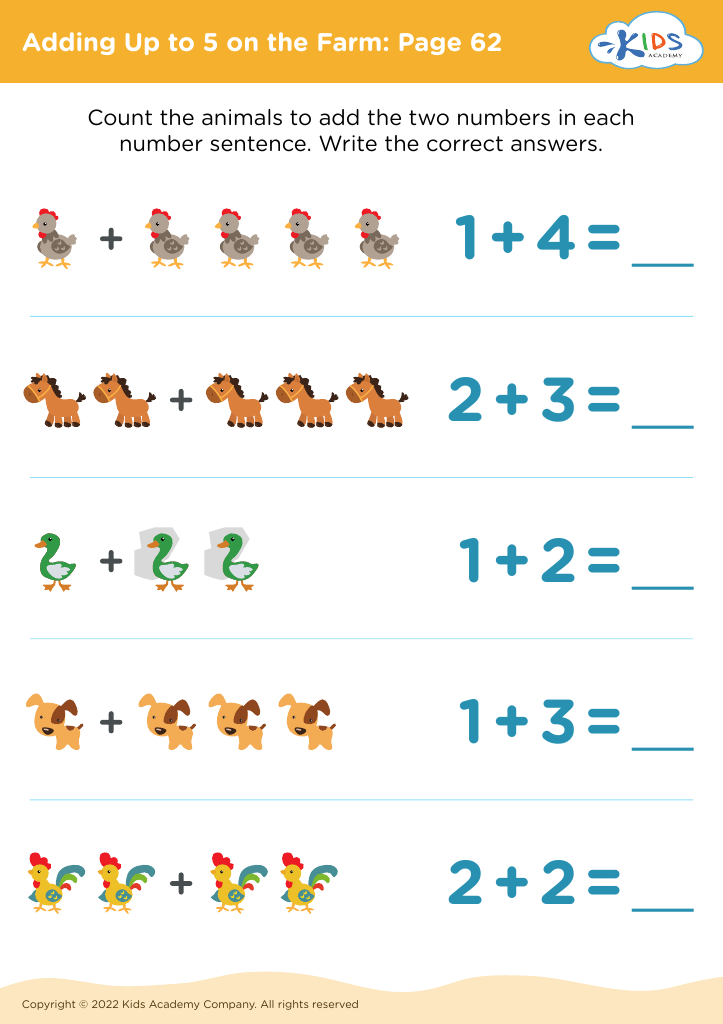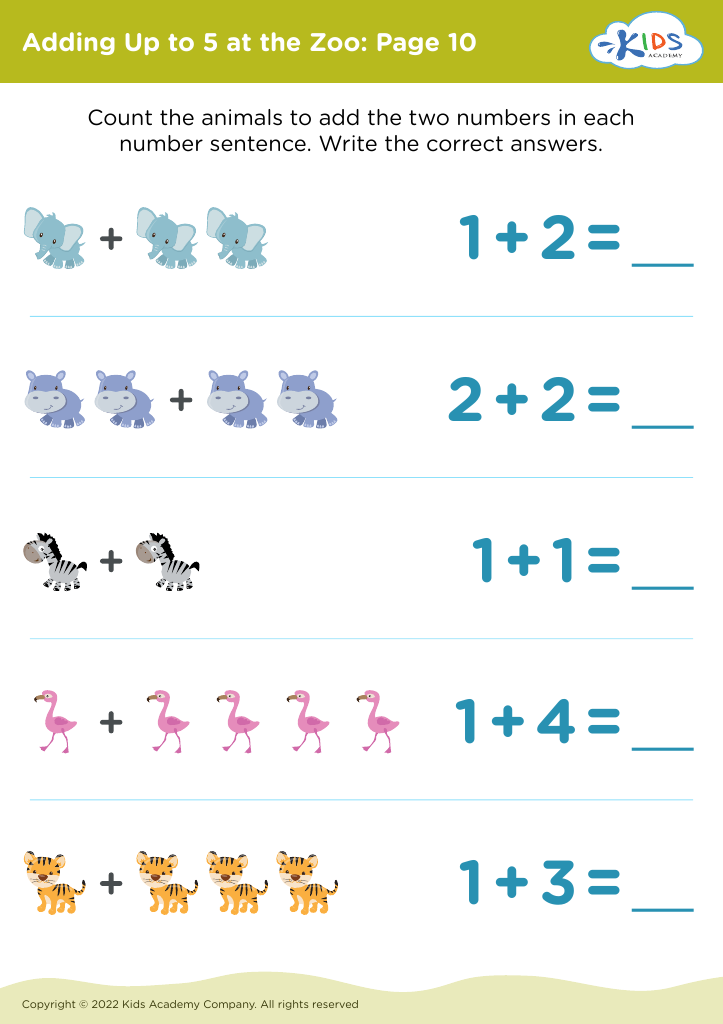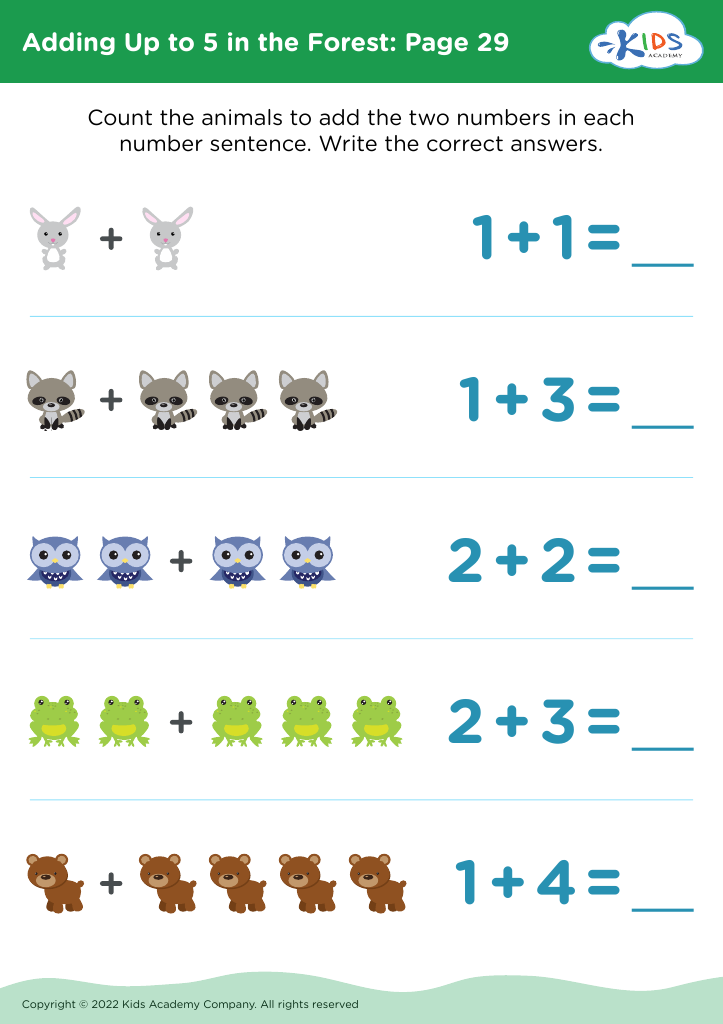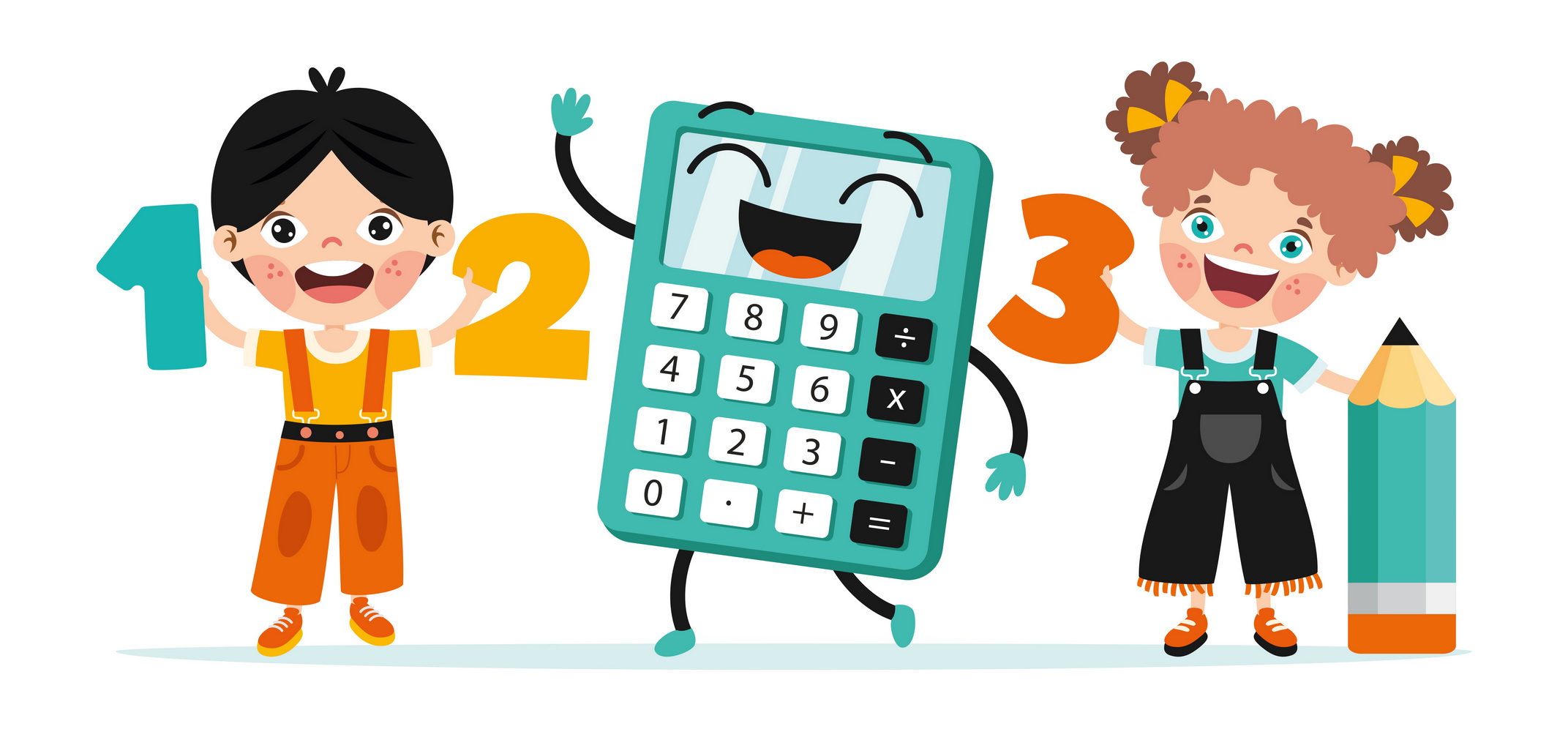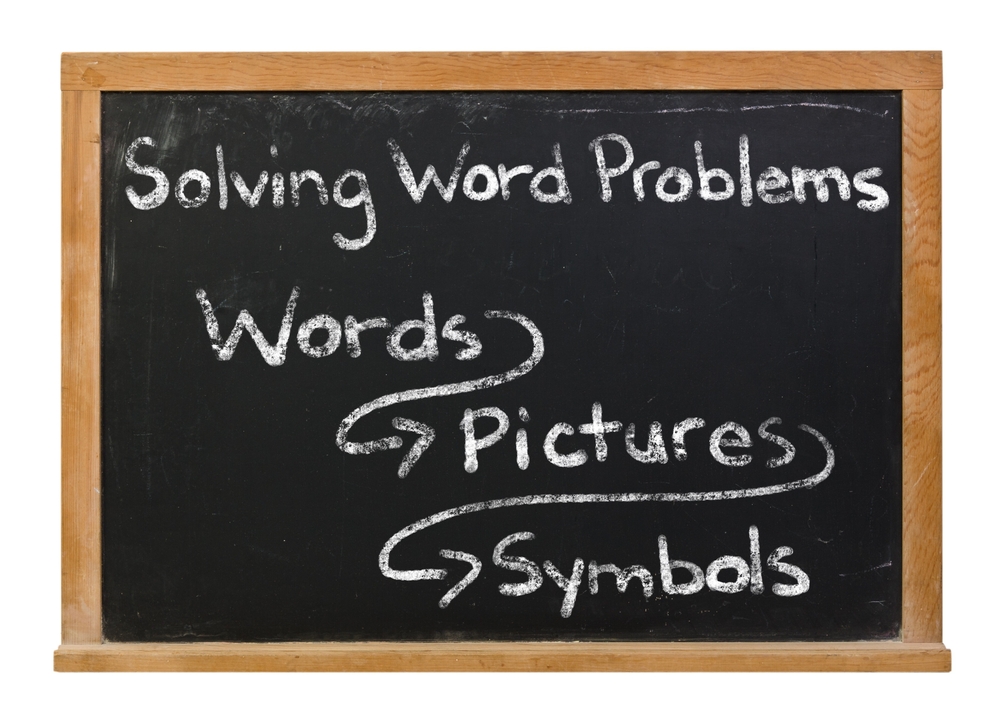Visual learning enhancement Addition Worksheets for 3-Year-Olds
4 filtered results
-
From - To
Boost your 3-year-old's math skills with our engaging Visual Learning Enhancement Addition Worksheets! Specifically designed for preschool learners, these worksheets make addition fun and intuitive. Through colorful images and interactive exercises, children will grasp the basics of addition while enhancing their visual recognition and cognitive abilities. Our worksheets cater to various learning styles, ensuring that every child can absorb mathematical concepts effectively. Perfect for at-home practice or classroom use, these resources foster a love for learning and help build a strong foundation in early math skills. Start your child's educational journey today with our fun and effective addition worksheets!
Visual learning enhancement for 3-year-olds is crucial for their cognitive development and early education. At this formative age, children are naturally curious and eager to explore their surroundings. Visual learning engages their senses effectively, allowing them to comprehend complex concepts through images, colors, and patterns, making learning both enjoyable and effective.
Using visual aids in teaching addition, for example, helps young learners grasp mathematical concepts more easily. By incorporating colorful visuals, such as number bonds and manipulatives like blocks or beads, teachers and parents can introduce mathematical ideas in a playful manner. This not only aids in immediate understanding but also fosters long-term retention.
Moreover, visual learning caters to various learning styles. Children may differ in how they process information, and visual enhancements provide diversified approaches to learning, ensuring no child is left behind. These activities stimulate creativity and problem-solving skills, helping lay the foundation for future academic success.
Furthermore, early exposure to concepts like addition can instill a positive attitude towards learning math, eliminating anxiety often associated with numbers. Hence, investing in visual learning strategies is invaluable for parents and teachers striving to nurture well-rounded, confident learners prepared for their educational journeys ahead.


